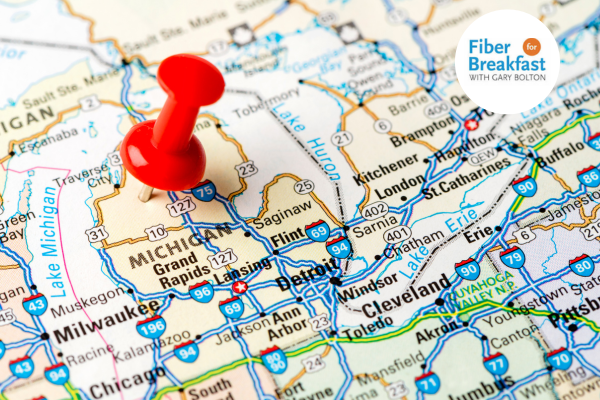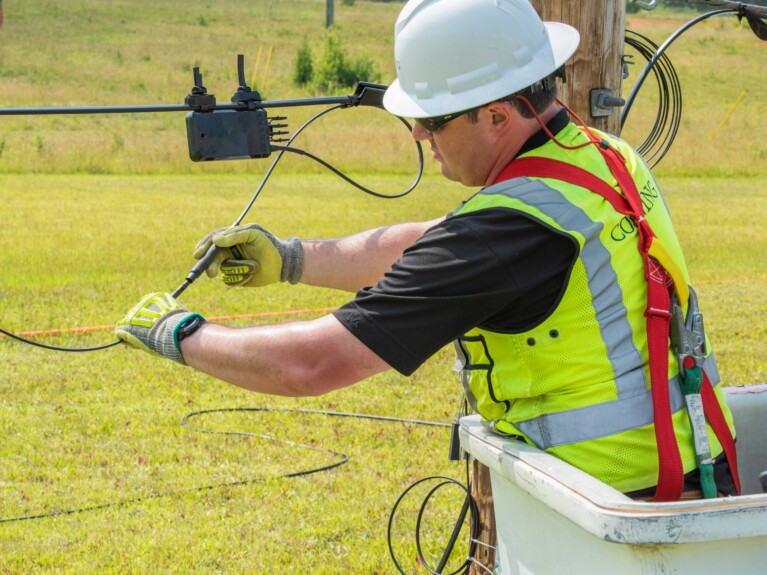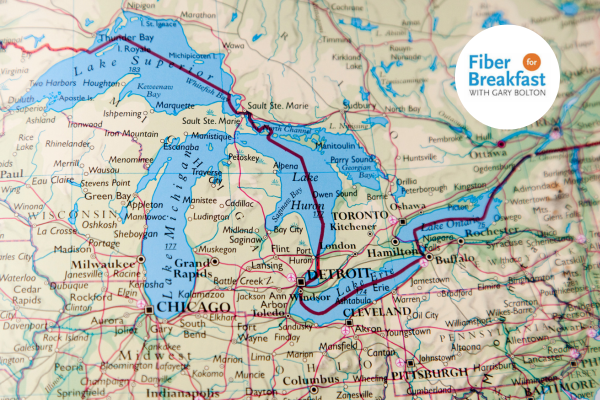Half a Million SpaceX Starlink Pre-Orders Aren’t Important – What Is?
SpaceX says it has received more than 500,000 orders for its Starlink broadband service as of early May. Is this good news for the satellite broadband effort? Or deflection from more meaningful numbers SpaceX should be disclosing?
“To date, over half a million people have placed an order or put down a deposit for Starlink” was a statement made by a SpaceX spokesperson made during the March 4, 2021 pre-launch countdown to put yet another 60 satellites to orbit, making a total of over 1,400 operational satellites as of this writing.
Over half a million orders or pre-orders sounds quite impressive, doesn’t it? But we don’t know if these orders are worldwide or simply in the U.S. We don’t know how many orders have been fulfilled compared to pre-orders. Or how many of these orders are individual versus business users. It’s just a big number and there’s no way to audit or confirm it, since SpaceX is a private company and doesn’t conduct regular analyst briefings or press conferences.
Let’s place some context based on previous SpaceX statements made to the Federal Communications Commission (FCC). SpaceX received a license to operate up to 1 million user terminals (dishes) in the U.S. in March 2020. The Starlink limited beta started in July 2020, with the company opening a web page to take email addresses so interested parties could receive updates and service availability information.
By the end of July SpaceX had filed a modification to its U.S. license to expand to 5 million dishes, “due to the extraordinary demand for access to the Starlink non-geostationary orbit satellite system. Despite the fact that SpaceX has yet to formally advertise this system’s services, nearly 700,000 individuals represented in all 50 states signed up over a matter of just days to register their interest in said services at www.starlink.com.”
The SpaceX Starlink public beta started in October 2020, expanding from the United States into Canada and the UK in January 2021, followed by the company starting to accept $99 pre-orders worldwide in February, and dishes starting to appear in Austria, Germany, France, Australia, and New Zealand so far this year.
It would be interesting to know how many interested customers converted to orders and paying beta customers from pre-orders and those who simply registered interest, but since SpaceX expanded its pool from U.S. users to worldwide in January, there’s no way to know. We just have the 700,000 U.S. individuals who expressed interest which clearly are less than the 500,000 worldwide signups for orders and pre-orders that have occurred to date.
SpaceX is already starting to limit fulfillment according to Reddit users waiting for Starlink service. Some potential U.S. customers are seeing “Max capacity” messages for their particular address locations, with service not available until the end of 2022. Elon Musk tweeted on March 4, “Only limitation is high density of users in urban areas. Most likely, all of the initial 500k will receive service. More of a challenge when we get into the several million user range” but there’s no way to square what Elon says with the Reddit information.
The more interesting question is how fast the first 500,000 SpaceX Starlink users will be turned up. At the beginning of the year, SpaceX had turned up over 10,000 beta customers per a February 2021 FCC filing, but the company has not provided an estimate as to how many more users have been added since then.
User turn-up is keyed to production of the $1,500 SpaceX Starlink antenna, a marvel of modern electronics. The company has said little on current or expected future production rates, but it would have to produce anywhere between 5,000 to 7,500 antennas per month in order to start making a significant dent in a 500,000 pre-order backlog.
Why isn’t SpaceX talking about antenna production rates and expected ramp-up to sign-on customers? While it is not a public company, SpaceX is in the process of being a registered commercial carrier so it can collect FCC RDOF broadband monies and other subsidies. Understanding how rapidly SpaceX plans to connect more customers, especially whose who need federal support to access broadband and landline services, would be in the public interest.




